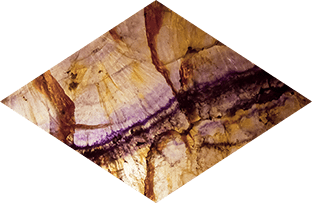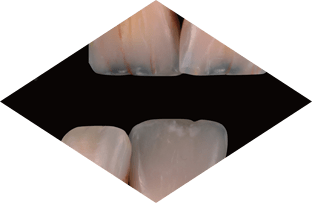Healing is a matter of time, but it is sometimes also a matter of opportunity
Hippocrates
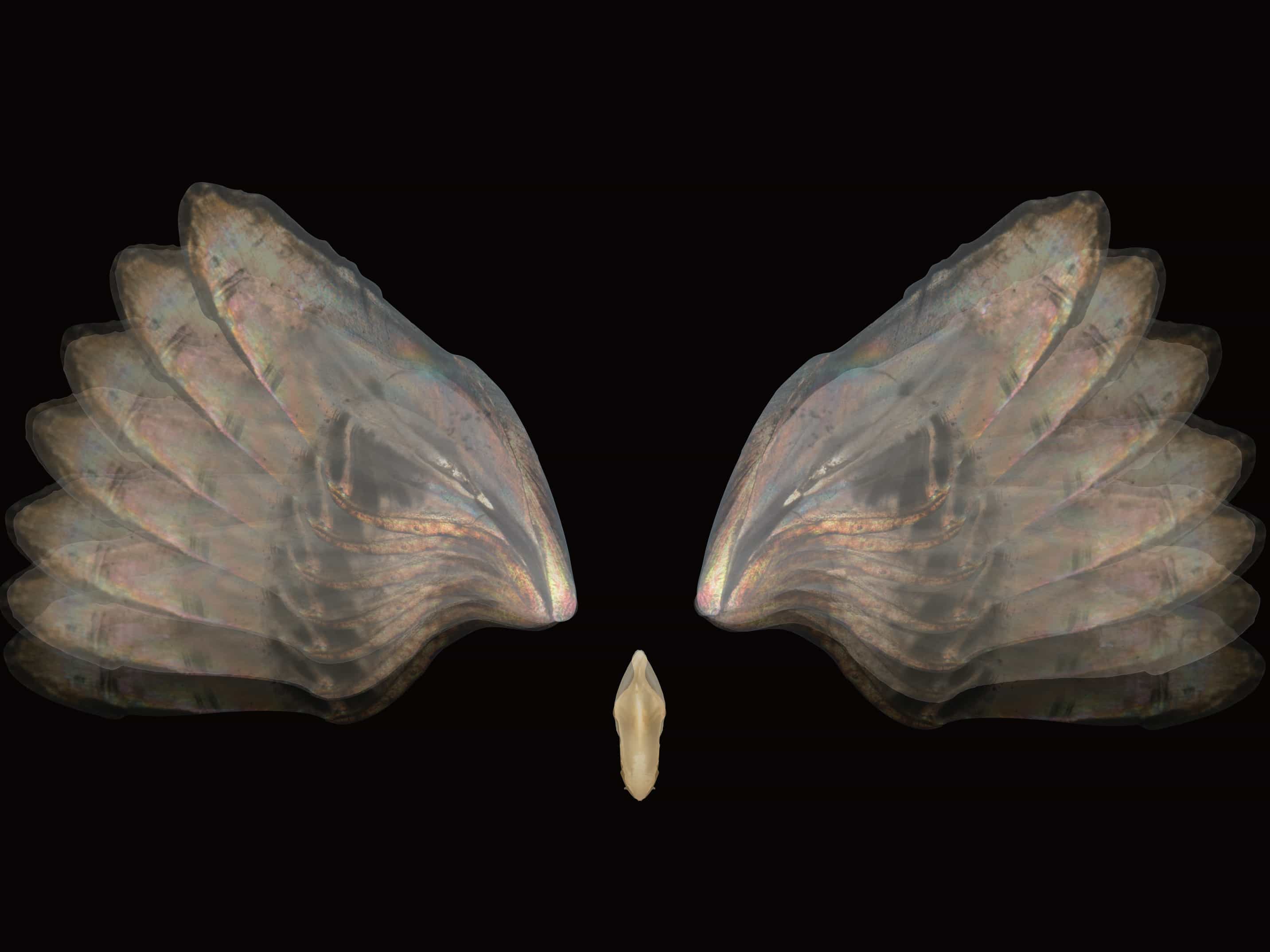
Basic Aesthetic Principles
Rhythm and Tempo
Rhythm, defined as a regularly recurring sequence of events or processes and tempo is the pace of activity. Many entities in nature exhibit these, such as the seasons, ripples in the water and heartbeat. In the mouth, rhythm and tempo is demonstrated by the arrangement of teeth, the rise and fall of our gingival contour, and microscopic ripples in the surface texture of our teeth.
Variety and Unity
Variety adds interest by using contrasting elements within the composition. Unity creates a sense harmony and wholeness by using similar elements within the composition and placing them in a way that brings them all together. The morphology of each tooth differs according to their position, but in terms of arrangement, they all follow identical natural pattern.
Symmetry and Balance
The majority of the population exhibit facial asymmetry, this includes incoincident midlines, variance between the level of our eyes, cant across commissures, the natural tilt in our head position due to difference in tension across neck muscles. When we smile or laugh, these factors determine the appeared position and ratio of our teeth. The art in crafting a beautiful smile is to find balance among these imperfectly straight and horizontal lines.
Colour and Morphology
Due to the complex structure of natural teeth, various parts of the tooth exhibit different colours and light characteristics. As the composition differs across individuals, these characteristics become our identity.
Tooth Characteristics
Ridges
Our dentist emphasises the importance of dental morphology. The ridges and valleys over the tooth surface determine how the lower and upper jaw come together and more importantly, how the biting force is distributed across the tooth. The muscles that govern mastication, generate around 80kgs of force when we chew. Teeth without the correct form are not able to withstand such force and break easily. We invest the time to craft these details under magnification, so your restorations can stand the test of time.

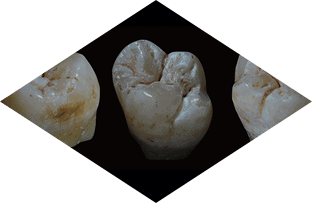

Rainbow
The enamel layer of the tooth is made of crystalline structures called hydroxyapatite. The size of the crystalline structure determines the refractive index. When restoring a tooth, we must take into account how the incident light is refracted within this layer- opalescence. Natural enamel has a refractive index of 1.6 and reflects blue wavelengths of the visible light. This is the reason why a young incisor often has a bluish translucent edge.
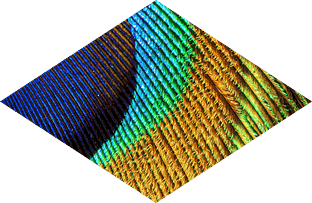
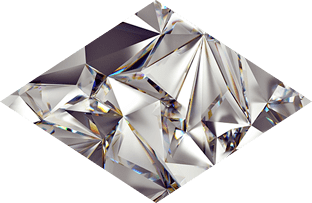
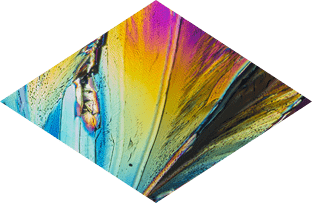
Texture
Teeth exhibit natural textures. Perikymata are incremental growth lines that appear on the surface of tooth enamel as a series of linear groves. The surface textures determine how light is reflected off the tooth, modifying the colour perceived by our eyes. Replicating these textures is extremely challenging as they are only visible under an operating microscope.
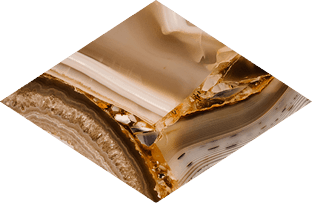
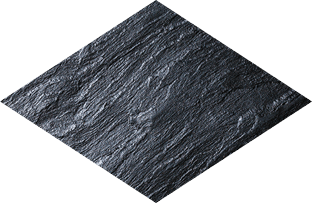
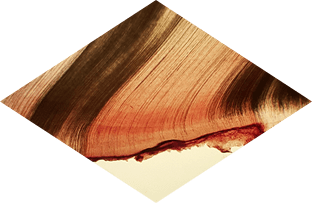
Translucency
The incisal edge is an area too the tooth hat has complex optical properties. In this area, there is prismatic convergence. In areas where the labial enamel and palatal enamel layers meet at an angle of 37 degrees or less, there will be total internal reflection, creating an halo effect over the incisal edge.

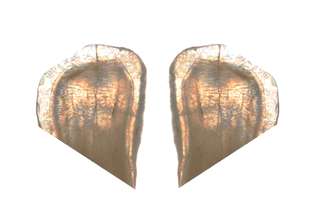
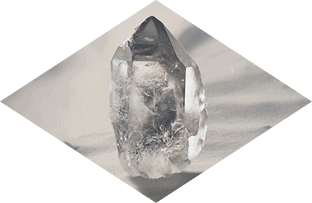
Gradient
A natural tooth is not white but posses a wide range of colours. The enamel layer is semitransparent and contributes to blue, pink and green tints to the tooth colour. The underlying dentine is yellow-brown and forms the bulk of the tooth structure. As the thickness of each component varies according to areas of the tooth, a complex colour gradient is created.


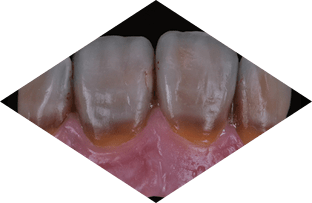
Light & Shadow
The beginnings and ends of shadow lie between the light and darkness and may be infinitely diminished and infinitely increased. Shadow is the means by which bodies display their form. The forms of bodies could not be understood detail but for shadow – Leonardo Da Vinci



Fluorescence
In natural dentitions, fluorescence is a function of organic components of the enamel and dentine. The short wavelengths of UV rays (<400nm) and long wavelengths of infra-red radiation (>700nm) are invisible to the human eye, but the effect of fluorescence may occur when objects are exposed to UV radiation. As a result the dental materials used by the dentist had to fluoresce at various light sources in a manner similar to that of natural dentitions otherwise dental restorations will appear dull, non-vital and easy to point out form the natural teeth structure.



Crack Lines
There is no real beauty without some slight imperfection. As we age, crack lines develop over the surface of our enamel through natural wear and tear, adding character to our teeth. At Christchurch Boutique Dental, we are dedicated to simulating nature, imperfections like these are painstakingly replicated to restore your identity.
